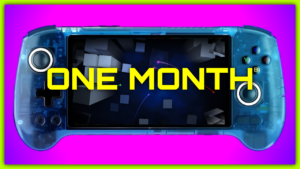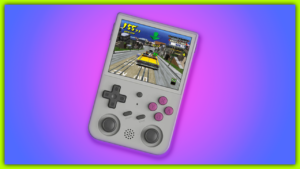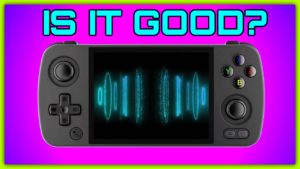Design and Build Quality
Upon first glance, the Powkiddy X70 closely resembles the Nintendo Switch in terms of size, color, and shape. However, the similarities end there. Once you hold the X70 in your hands, you’ll notice its flimsy construction and lightweight feel. The plastic used doesn’t exude premium quality, and the buttons feel excessively clicky. Furthermore, the X70 lacks certain buttons found on the Nintendo Switch. Although it boasts one of the largest screens in its price range, the display appears budget-oriented even before powering it on. Notably, the analog sticks feel comfortable and perform well, reminiscent of those found on Anbernic devices. However, the absence of L3 and R3 functionality poses a significant drawback, as we’ll discuss later.
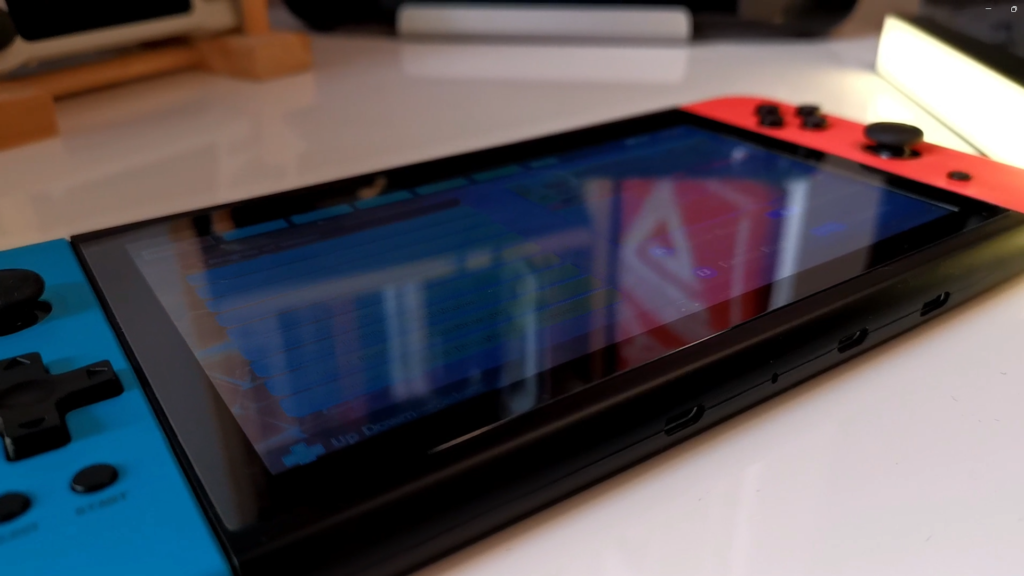
Features and Functionality
Moving on to the console’s peripherals, the Powkiddy X70 offers a comprehensive range of options. It includes a standard 3.5mm audio jack, mini HDMI out, SD card slot, volume and power buttons, and a USB 3 port for power. Surprisingly, additional controllers connect via micro USB ports, showcasing Powkiddy’s commitment to expandability. While these features aim to satisfy gamers seeking versatility, the X70 falls short in execution.
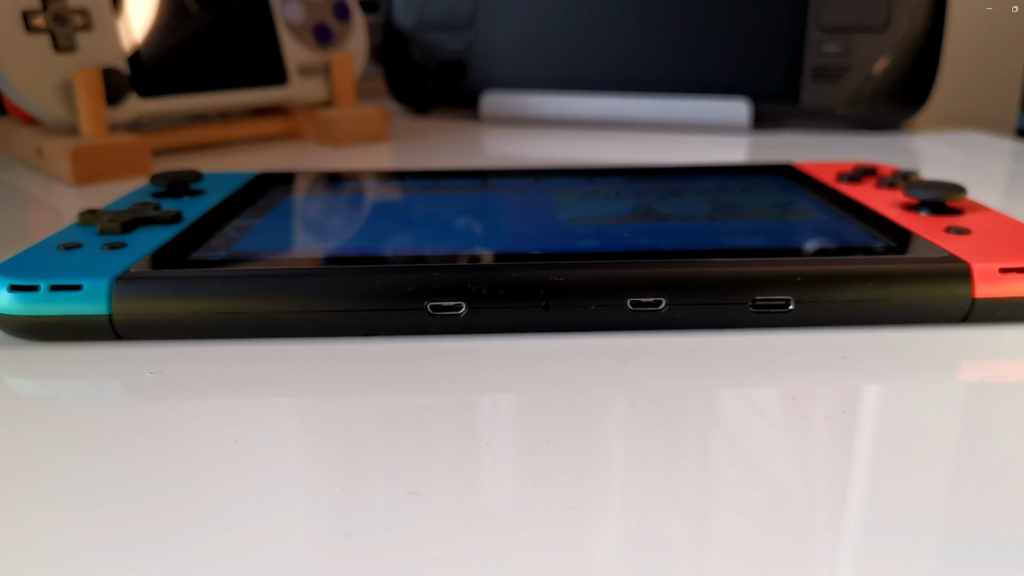
User Interface and Emulation
Upon powering on the Powkiddy X70, the low-quality screen becomes even more apparent. The colours appear lacklustre, and the overly reflective plastic further hampers the viewing experience. Nevertheless, the user interface, although visually outdated, offers straightforward navigation and includes essential options for a retro gaming handheld. While improvements could be made to simplify the UI and reduce visual clutter, it doesn’t significantly impact the overall user experience.
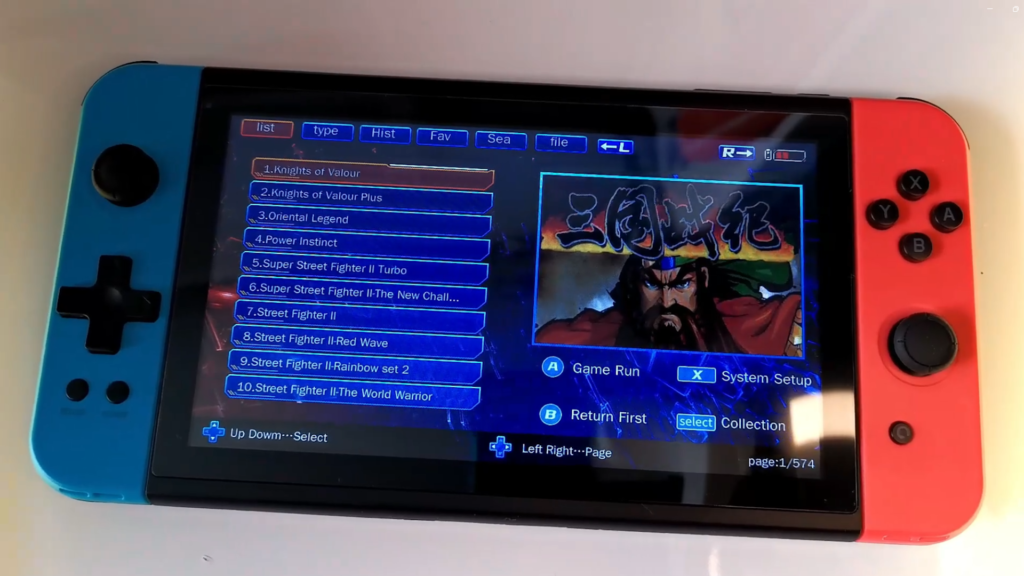
When exploring the console’s emulators, the Powkiddy X70 impresses by emulating consoles up to the PlayStation 1. While this performance exceeds expectations at its price point, one major issue arises: screen stretching. Due to the X70’s screen size and shape, every game is stretched, with no option to adjust the aspect ratio to the ideal 4:3 format. Powkiddy’s emphasis on mimicking the Nintendo Switch’s design has led to a critical oversight, disregarding the necessity of a proper aspect ratio for retro gaming consoles. This compromises the gaming experience and highlights design flaws within the X70.
Audio and Gameplay Experience
The sound quality on the Powkiddy X70 disappoints, ranking among the worst experienced on any retro gaming handheld device. Choppy, tinny, and inconsistent, the audio output lacks coherence and fails to enhance gameplay immersion.
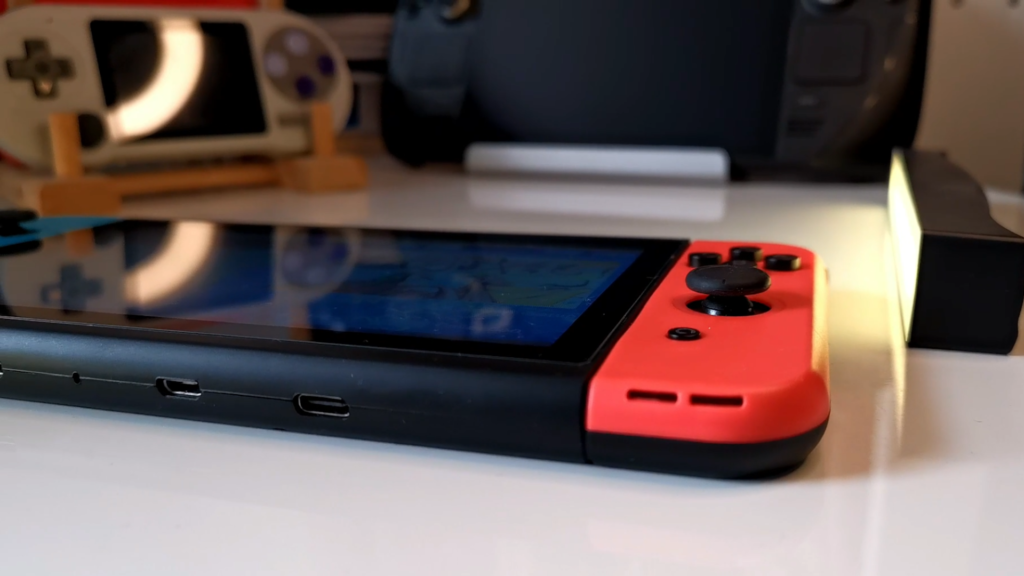
Despite its shortcomings, the X70 offers acceptable emulation performance. Games, including PlayStation 1 titles, run relatively smoothly. This success underscores the missed potential of the console. Powkiddy’s attempt to replicate the Nintendo Switch’s design has overshadowed other crucial aspects. Unfortunately, the X70’s shortcomings overshadow its emulation capabilities, resulting in a subpar gaming experience, particularly when it comes to playing PlayStation 1 games. The absence of L2 and R2 buttons, as well as the lack of L3 and R3 functionality, severely hampers gameplay. The only option is to map these buttons to the start and select buttons, but this proves challenging when those buttons themselves don’t work properly.
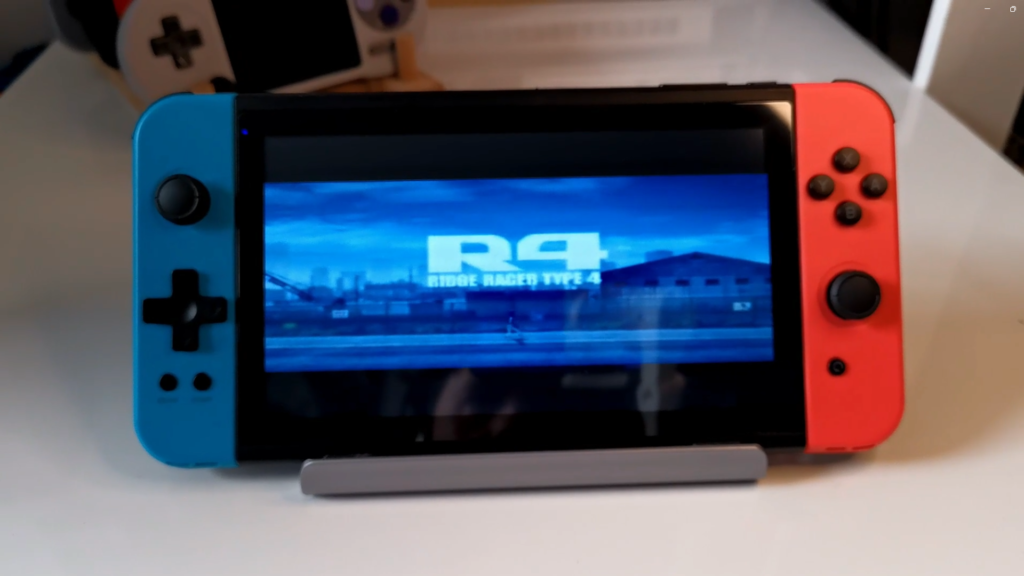
Furthermore, the lack of button mapping customization adds to the frustration. Each game requires manual remapping, and these changes are not saved globally but only specific to each game. To exacerbate the issue, the button mapping on the X70 is inconsistent, with the X and circle buttons swapped in PlayStation 1 games. This can lead to significant gameplay disruptions, particularly in genres like racing games.
Conclusion
While it’s essential to approach retro gaming handhelds with a sense of nostalgia and appreciation for the technological advancements, the Powkiddy X70 falls short in several areas. Despite its resemblance to the Nintendo Switch, it fails to deliver a satisfactory gaming experience. The flimsy build quality, stretched screen, subpar audio, and button mapping issues overshadow its decent emulation capabilities.
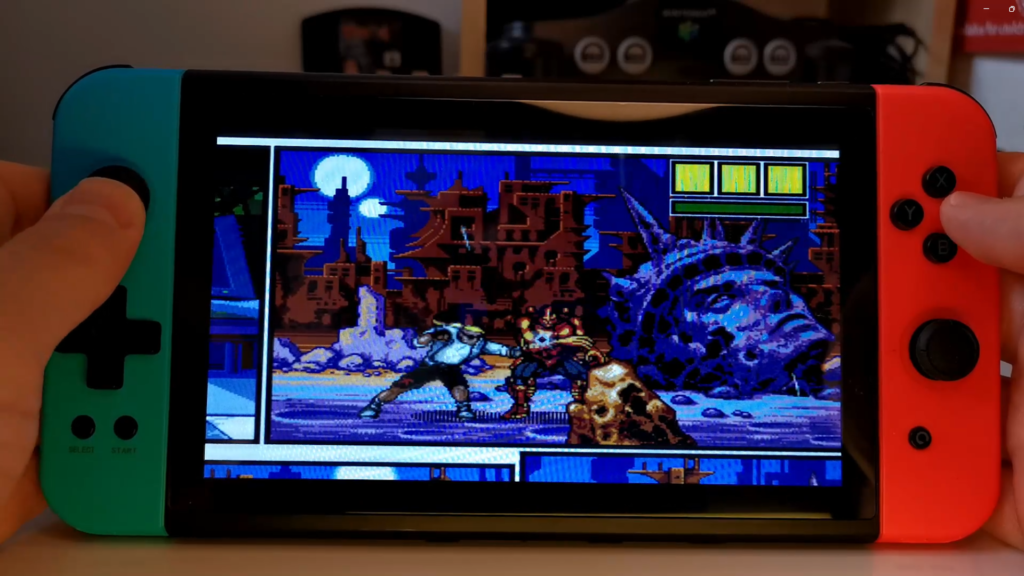
For those seeking a retro gaming handheld in the same price range, there is a superior alternative: the RG35XX . With the RG35XX , you get everything that the Powkiddy X70 aspired to be but couldn’t achieve. It flawlessly emulates games up to the PlayStation 1, boasts a gorgeous screen, and covers all the necessary buttons. When comparing the RG35XX and the X70, there’s no contest in terms of quality and performance.
Ultimately, the Powkiddy X70 misses the mark in its attempt to imitate the Nintendo Switch. Its design choices prioritize aesthetics over functionality, resulting in a lacklustre user experience. Considering the price point of around 100 pounds, it fails to offer good value for money. If you’re searching for a reliable retro gaming handheld, look no further than the RG35XX , which provides a superior gaming experience without compromising on quality. Links to both consoles are available in the description below for further exploration.

